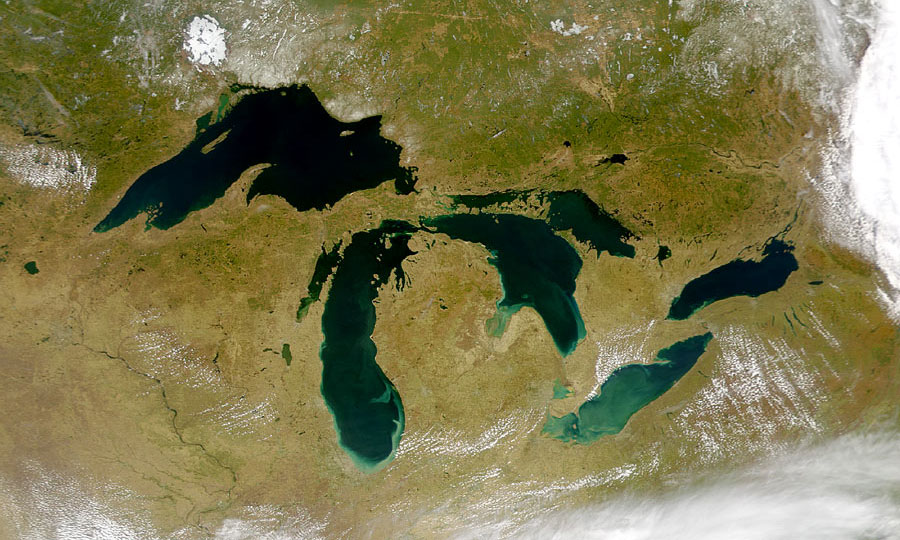The first installment in this series concerns something other than Irish heritage that, for better or worse, has become inextricably linked to the celebration of the holiday in the U.S.: beer. Although this alcoholic beverage is sometimes dyed green for the sake of St. Patrick’s Day parties, the following resources relate to beer and brewing practices that are green in the sense of their environmental impacts.
As is the trend with most organic foods and beverages, organic beer is becoming more and more widely available as even big box retailers climb aboard the “green products are good for public relations, profits and the environment” train. Co-op America offers an overview of organic beer and wine as well as the rationale for choosing locally produced beers whenever possible (to reduce negative effects of long distance shipping, among other reasons). You can also search their National Green Pages under “Wine/Beer” for examples of breweries that produce organic beer. There is also a North American Organic Brewers Festival, scheduled this year for June 27-29 in Portland, Oregon. The festival web site lists the participating breweries and the beers they’re presenting.
For those of you, like my husband, who enjoy brewing your own beer at home, you might find the Seven Bridges Cooperative an interesting resource. Based in California, Seven Bridges provides certified organic ingredients for home brewing, such as organically grown hops and grains.
Interestingly, organic beer became the topic of controversy last year, as the USDA added to the list of non-organic ingredients that may compose 5% of a product by weight and still allow that product to bear the label “organic.” Hops were on the list, and while critical to the production of beer, they do make up less than 5% of the finished product by weight. The Organic Consumers Association was outraged by what it termed the “Budweiser Exception” that could allow big brewing companies to mass produce “organic” beers without using organically grown hops; the controversy was covered by MSNBC. Anheuser-Busch has since switched to using 100% organic hops. See the USDA’s web site for more information on organic food standards and labels.
Turning to waste reduction and efficiency in the brewing process, regardless of the use of organic ingredients, the March/April 2007 edition of In Business magazine featured a profile of Mad River Brewing Company in Blue Lake, California, which recycles or reuses 98% of its residuals, with a goal toward generating zero waste. The April 2007 edition of eco-structure Magazine included a look at the sustainable practices of New Belgium Brewery in Fort Collins, Colorado. Among other things, the company purchases wind energy to power 100% of its brewery’s operations, the packaging hall was designed with energy efficiency in mind, and the brewhouse features a closed-loop heating system. For more information about New Belgium’s sustainability initiatives, see their web site.
For an example of sustainable initiatives at a brewery within the Great Lakes region, check out Michigan DEQ’s case study on the Leopold Bros. of Ann Arbor, Michigan. Goose Island Brewery in Chicago, Illinois is also a founding member of the Chicago Waste to Profit Network. An article from the October 2000 edition of Conscious Choice discusses several organic beers, including Goose Island’s organic beer production and partnering with Panorama Brewing Company to produce Wolaver’s Organic Ales regionally. Lakefront Brewery in Milwaukee, Wisconsin was the first brewery in that state and the first business in Milwaukee to receive the Travel Green Wisconsin certification from the state’s Department of Tourism. Check out the brewery’s web site detailing what they’ve done to reduce their environmental and social impact and earn this recognition.
For more resources related to P2 for breweries, check out the GLRPPR Food Processing Sector Resource. I’ll be adding a “Beverage Manufacturing” subcategory in the near future to make finding resources related to brewing and other beverage production within this Sector Resource easier.

 GLRPPR has developed two new school-related Topic Hubs as part of the
GLRPPR has developed two new school-related Topic Hubs as part of the 